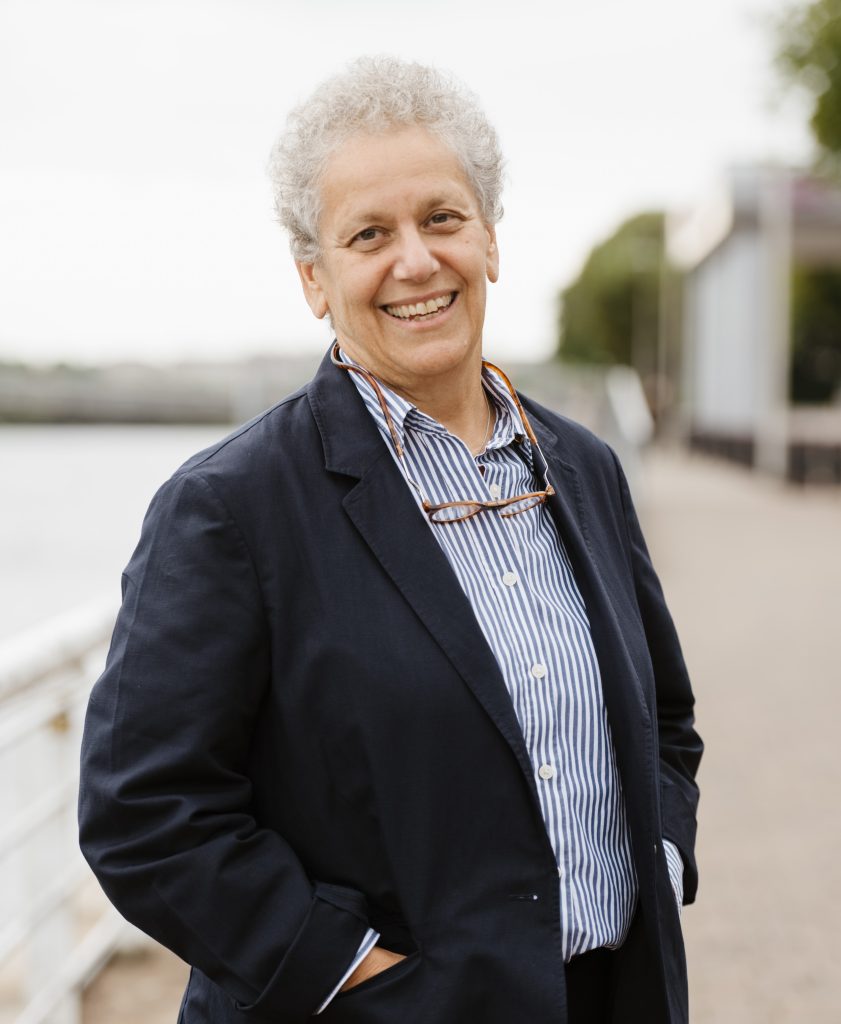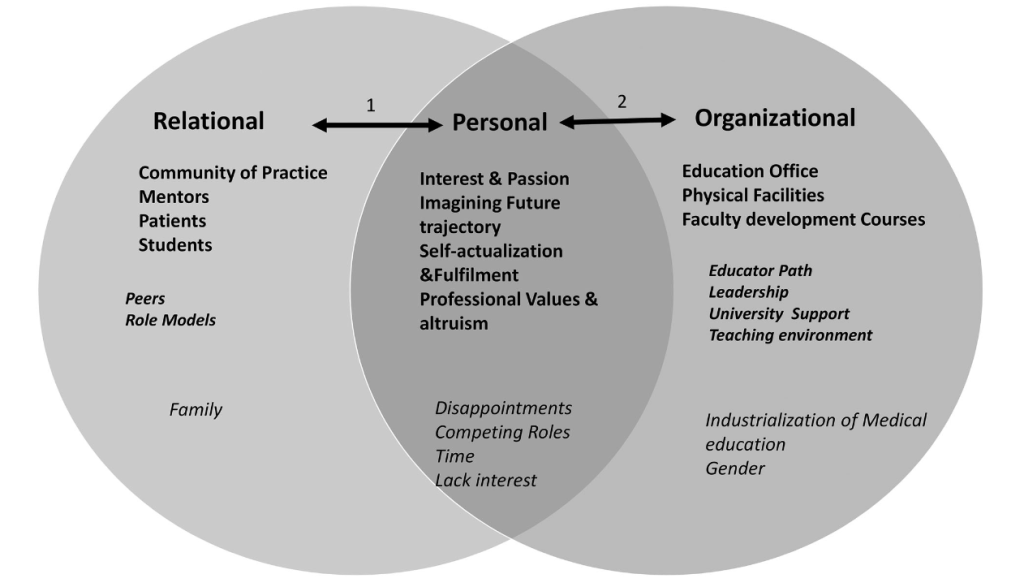#34 – To be, or not to be … a CE … and how to get there: that is the educator question.

Episode host: Linda Snell.
Episode article:
Lee, D. W.-C., Tan, C. K. N., Tan, K., Yee, X. J., Jion, Y., Roebertsen, H., & Dong, C. (2023). How community and organizational culture interact and affect senior clinical educator identity. Medical Teacher, 0(0), 1–9. https://doi.org/10.1080/0142159X.2023.2262103
Enjoy listening to us at your preferred podcast player.
How can organizations support the development of Clinical Educator Identity? In this episode of PAPERS Podcast, the hosts review a recent study that explores the factors affecting Clinical Educator Identity Formation and provides guidance on how organizations can support its development, maintenance, and advancement. How do we get to be who we are as educators? What are the enablers and barriers? How do personal, relational, and organizational factors impact the formation of Senior Clinical-Educator Identity? Listen in!
Episode Notes
Background
Professional identity – how we view ourselves and how one’s behavior aligns with the norms of the profession – influences behaviors, wellbeing, productivity, etc. One of my identities is of a Clinician Educator “a clinician in practice with training in education, applying theory to practice, being a consultant in education to others, and participating in education leadership or scholarship”. A strong CE identity is crucial for advancing the quality of medical education, and the obverse is also true.
So how is a CE identity formed? Many organization factors may facilitate or hamper CEIF – we spoke on a recent podcast about how organization leaders value (or don’t) clinician educators. Most CEs wear many hats, and these conflicting roles may impede CEIF. We know little about these enablers and constraints on CEIF, even less in non-western countries ‘where culture, values, resources, and awareness of PIF may differ’.
A ‘theoretical framework’ was described.
Research question: How do community and organizational factors interact and affect CEIF in an Asian academic medical center?
Method
One-on-one interviews – an ‘exploratory study grounded in the constructivist paradigm to examine the phenomenology of CEIF of senior clinical educators ‘. Purposeful sampling recruited 11 participants from varied backgrounds, all senior doctors with 3/5 of…
- Senior clinicians – at least 25 years of clinical experience.
- Senior faculty appointments
- Formal training in health professions education.
- Leadership roles in education of at least 5 years.
- Recipients of teaching awards
Interview questions ‘informed by 2 papers.’
Coding was described.
“All investigators kept their own reflexivity diary throughout the process”
Results/Findings
Factors influencing the development of a CEs professional identity had 3 domains, each with factors strengthening or constraining identity growth, with relationships between 3 domains Relational<-> Personal <-> Organizational.

Strong relationships enhance/enabled CEIF, while organizational culture was a barrier / can hinder it. Adding cultural differences, like hierarchy, respect for leaders, may be a barrier. Building a formal community of practice is vital for CEIF growth. Promoting positive role models, especially through faculty development, empowers young educators.
Comments
Once we know the factors we can try to intervene – guidance for faculty developers and organizations will help facilitate CEIF… or can we?

0 comments